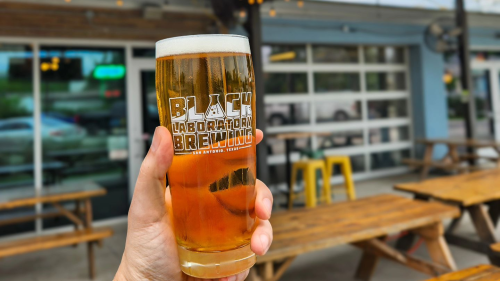Bluebonnet season is here, and runs through mid-April. Last year, we dove into the flower’s legislative history, featuring some Texas heroines. But like any good Texan, we love legends as much as historical data, so we’re here to share a few stories behind the bluebonnet.
The lucky Lupinus
Some say Spanish explorers visited priests in the Holy Land who gave them seeds to take to the New World as good luck. (We’re inclined to believe the flowers are actually native to Texas.)
The Lady in Blue
The Jumano Indians have a legend from when Christian missionaries were traveling through Texas and New Mexico. They believed that a nun dressed in a cobalt cloak over her habit visited them in their dreams. They awoke to find the fields where they were sleeping covered in blossoms the same shade as her clothing.
From the One-Who-Dearly-Loved-Her-People
This one is told and illustrated in “The Legend of the Bluebonnet” by Tomie dePaola (author of “Strega Nona”). In this tale, a young Comanche girl lost her parents in a terrible drought. All she had left was a cornhusk doll they made her. To appease the Great Spirits and end the drought, she sacrificed her doll. The ashes scattered in the wind, and in the morning, the rain began to fall, spouting blue flowers when it hit the soil.

Bluebonnet photos are a springtime must-do, especially when you have a very good girl like Lucy. | Photo by @ftwtoday
Ready to create your own bluebonnet stories? Here are a couple of spots to see bluebonnets:
- Check out the Willow City Loop (~1 hour away) for 13 miles through some of the oldest geology in Central Texas.
- The Highland Lakes Bluebonnet Trail (~1.5 hours away) won’t disappoint with a ‘drive-yourself’ tour.
- Take a tour through the Western Kerr, Bandera & Real County Scenic Drive (~1 hour away), and don’t forget to bring your camera.











